Death-row Inmate’s “Ink Paintings of Atonement” — 300 Paintings by former Aum Shinrikyo leader Kazuaki Okazaki
Former Aum Shinrikyo leader Kazuaki Okazaki, who was executed for the murder of the Sakamoto family, spent 20 years on death row. He created more than 300 works using pencils, brush pens, and other limited materials, and continued to paint until just before his execution.
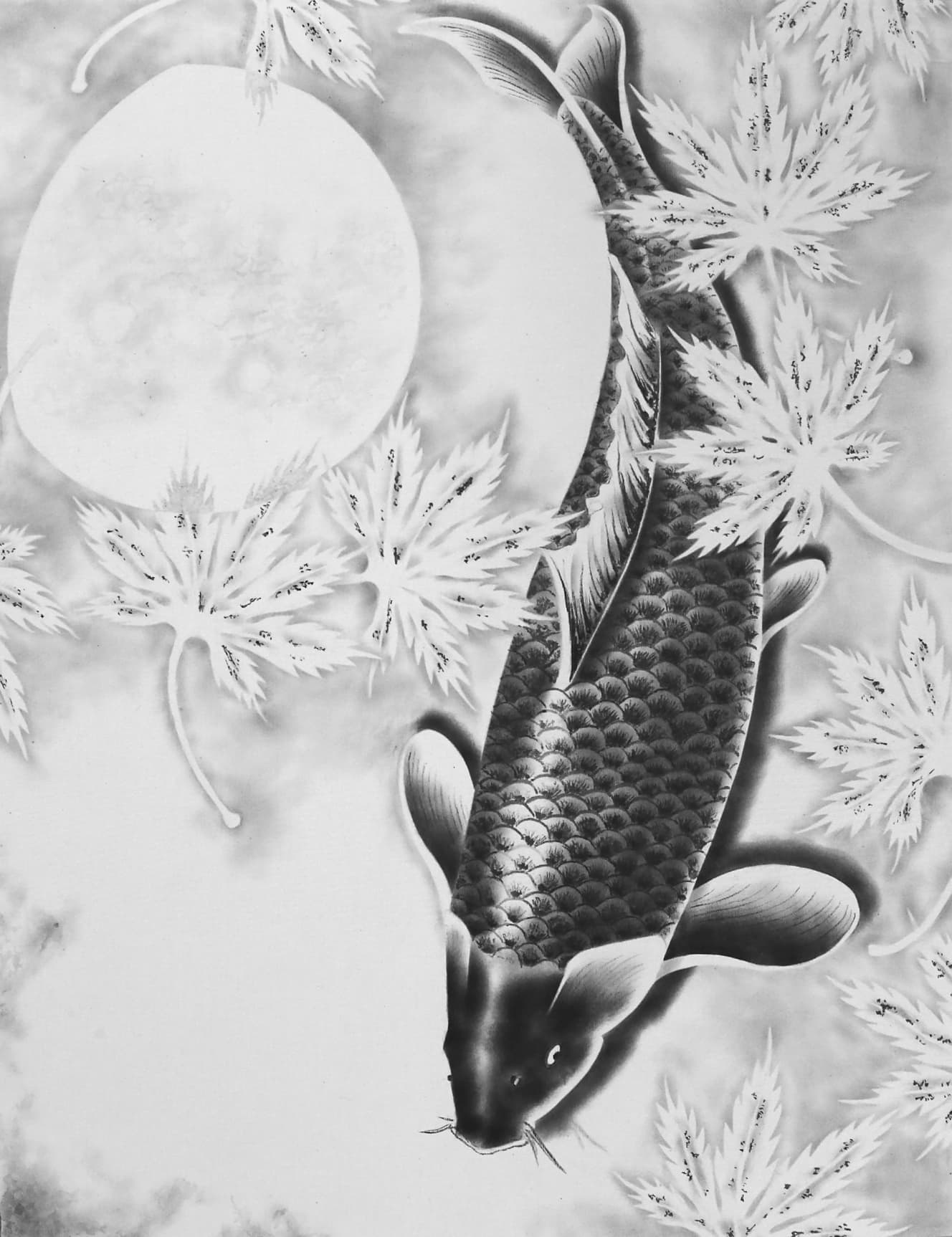
Okazaki had no family connections, and a brother disciple at the temple where he was initiated into the art before his death.
‘On July 26, 2018, former Aum Shinrikyo leader Kazuaki Miyamae (née Okazaki) was executed. The Metropolitan Police Department and Kanagawa Prefectural Police arrested Okazaki in 1995 as the perpetrator of the “Sakamoto Lawyer Family Murder Case” and other crimes. Sentenced to death in 1998, Okazaki spent 20 years in prison before his execution. While in prison, he painted many pictures to atone for his crime and exhibited them at an exhibition of prisoners on death row. He also sent his paintings to those who offered them to him. Akane Yamada, a volunteer for the preservation of artifacts and paintings, spoke about Okazaki’s life just before his execution at the beginning of the exhibition.’ During the five years from 2013 until his execution, she said, she had corresponded with Okazaki in prison through correspondence in his memoirs.
“One letter could be 16 pages long,” she said. The contents of the letters were about his upbringing and his daily life. He said that memories of his time in the cult and his childhood sometimes came to him in dreams. He called Reika Matsumoto, Shoko Asahara’s third daughter, “Rika-chan” and seemed to care about her. He also wrote the number of pages in each letter so that the prison censors would not take out any part of it. He was social by nature, and I think he was very eager to let people know about his thoughts on redemption and his own background.
“If I told him something, it could be different depending on how it was edited. He told me that he didn’t want that and arrived at a pictorial expression that could not be processed afterwards. In ’04, before he was sentenced to death, he joined the Rinzai sect of Zen Buddhism and entered into an adoption with a priest under whom he studied, and changed his surname to “Miyamae.” After that, I have the impression that he was enthusiastically drawing mandala-like illustrations and drawings that express the spiritual world with motifs of Buddhist monks.”
After his execution, Akane-san received the artwork and belongings from a person associated with the temple where Okazaki had been a member, and took care of them.
“When I actually received the paintings, I found not only ink drawings, but also colorful illustrations drawn with ballpoint pens, and works in which he had written willow poems to his mother,” she said. I also learned that he had drawn about 70 pictures of a couple of cranes in exactly the same composition. Okazaki had never studied painting and was self-taught. In his cell, he would put his hands together every day on a handmade omu-fuda, a handwritten prayer card with the commandment names of his murdered lawyer Sakamoto and Shuji Taguchi, a former member of his congregation. The process of painting the detailed pictures must have been a form of training for Okazaki and atonement for the victims.”
Akane-san is currently working to publish Okazaki’s memoirs, artifacts, and paintings on the Internet. Although the death penalty has been carried out, the more than 300 works of art left behind by the perpetrator of this heinous crime that will go down in history will continue to be seen by the public along with the crimes he bore.
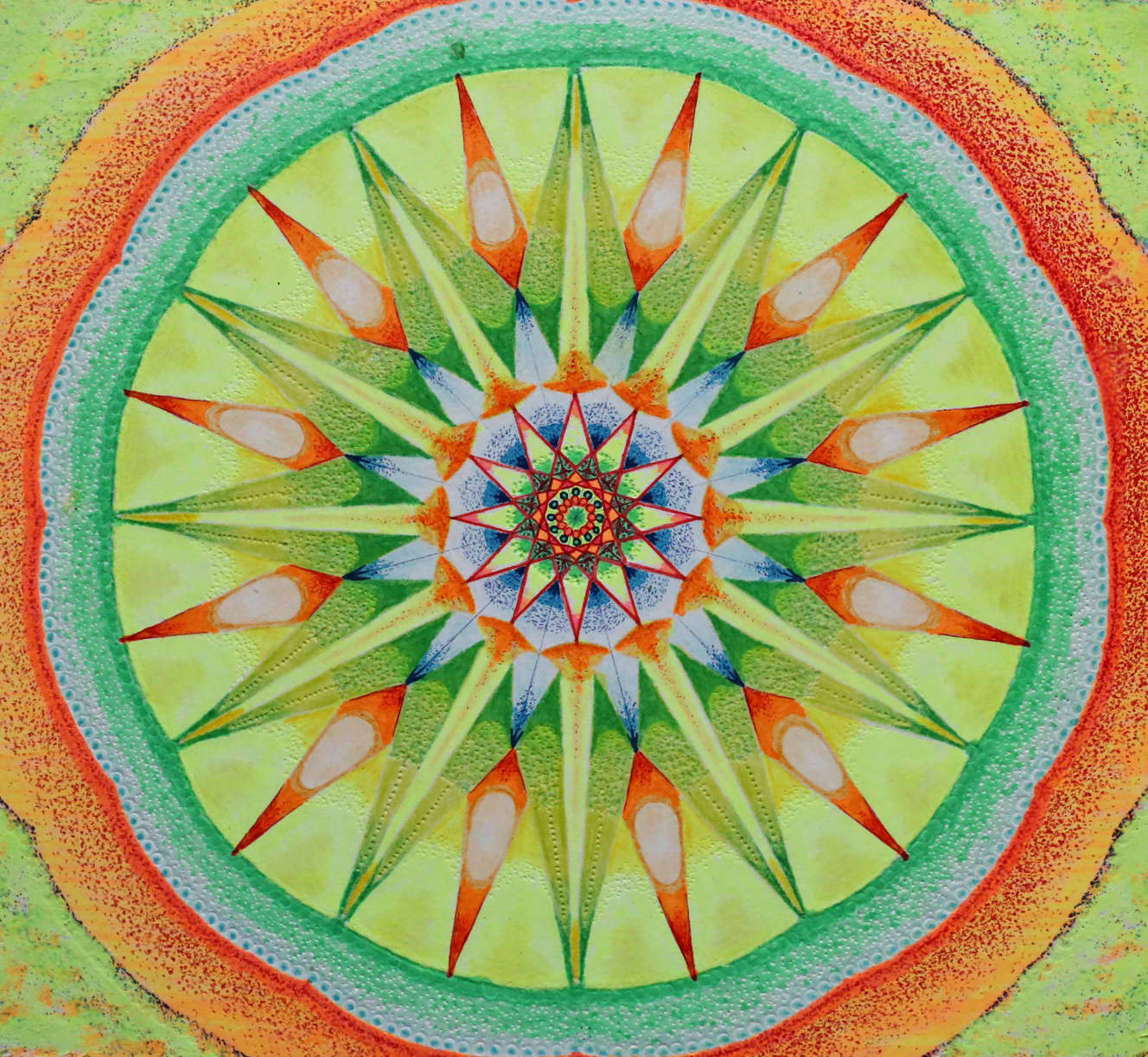
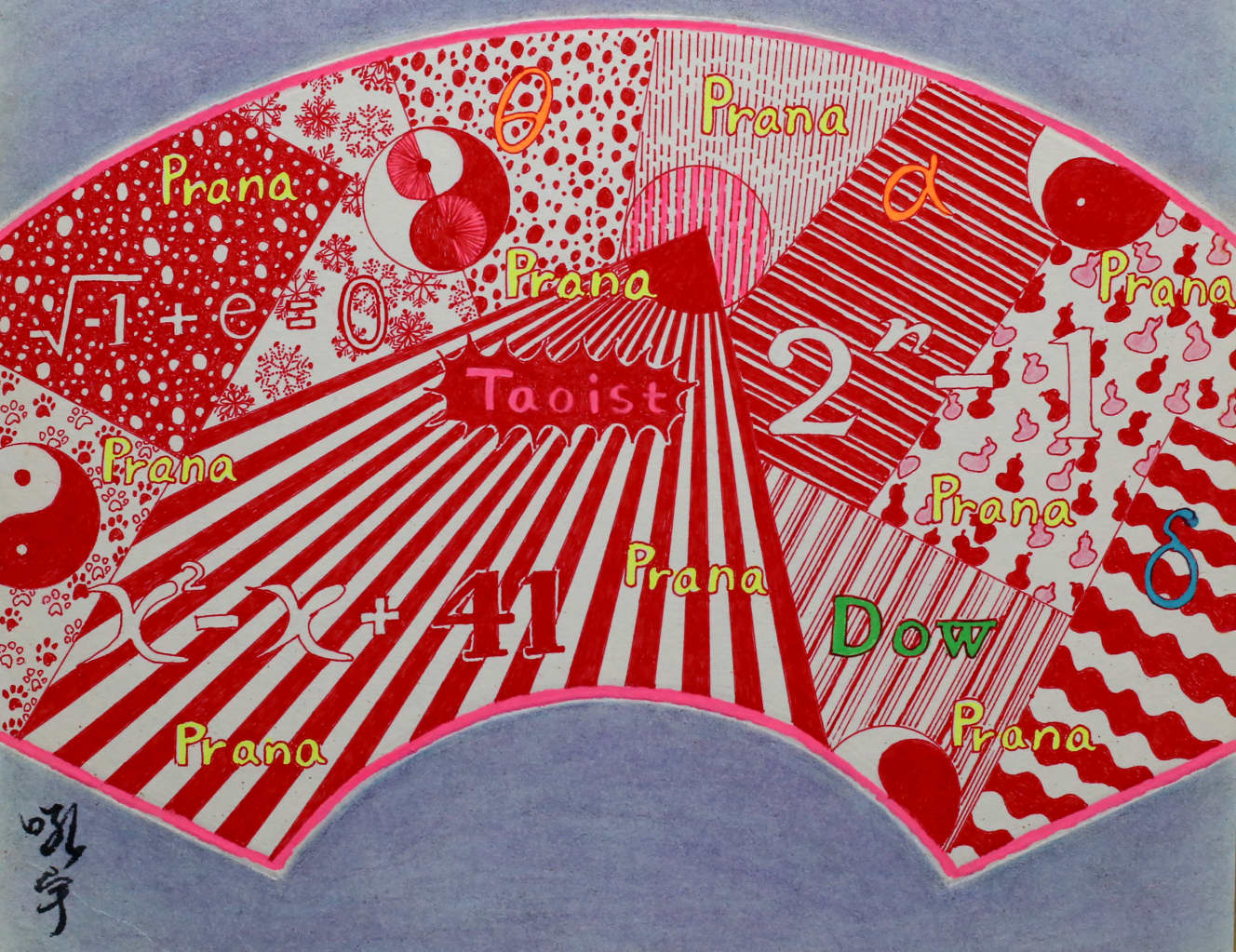
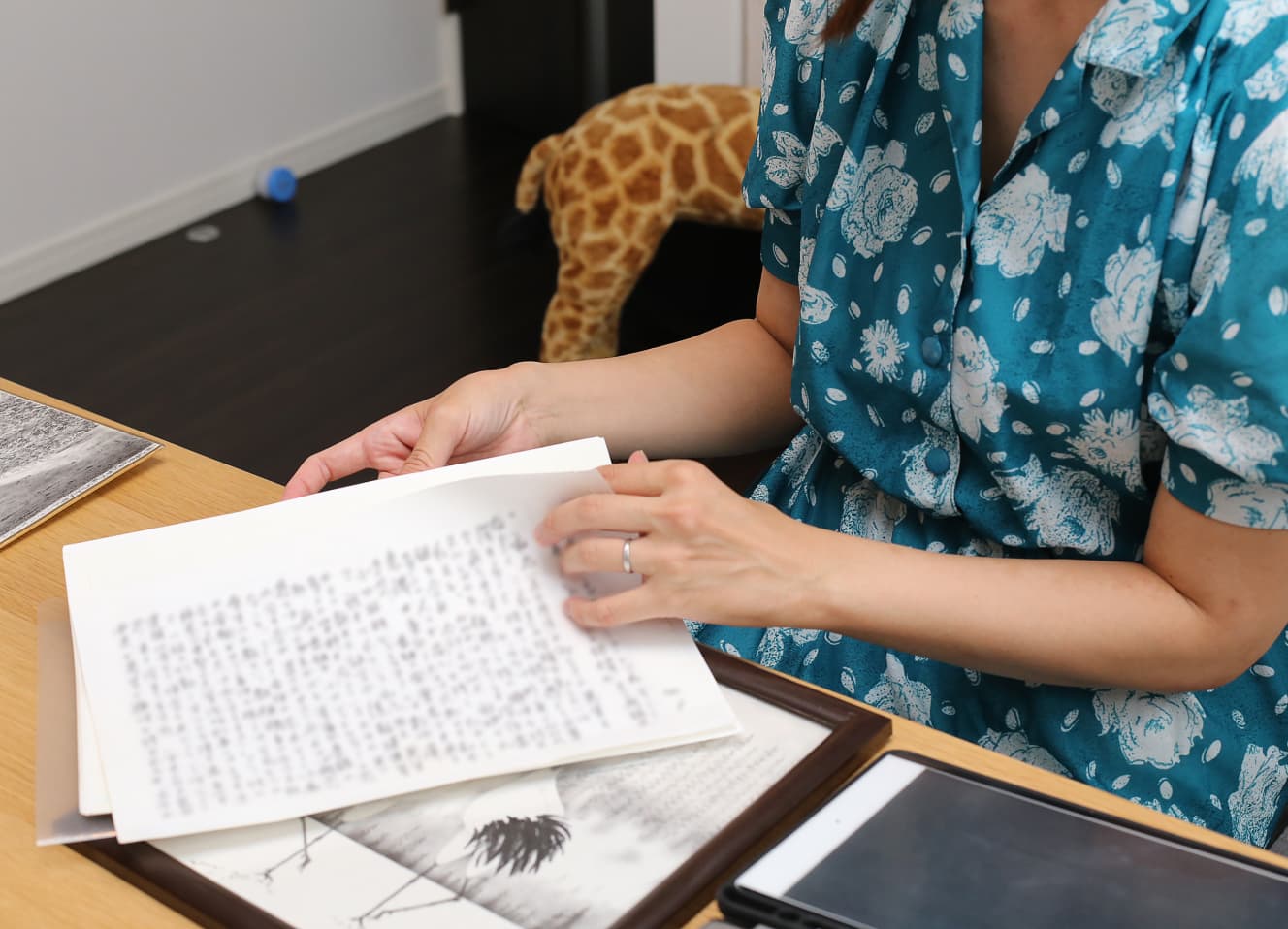
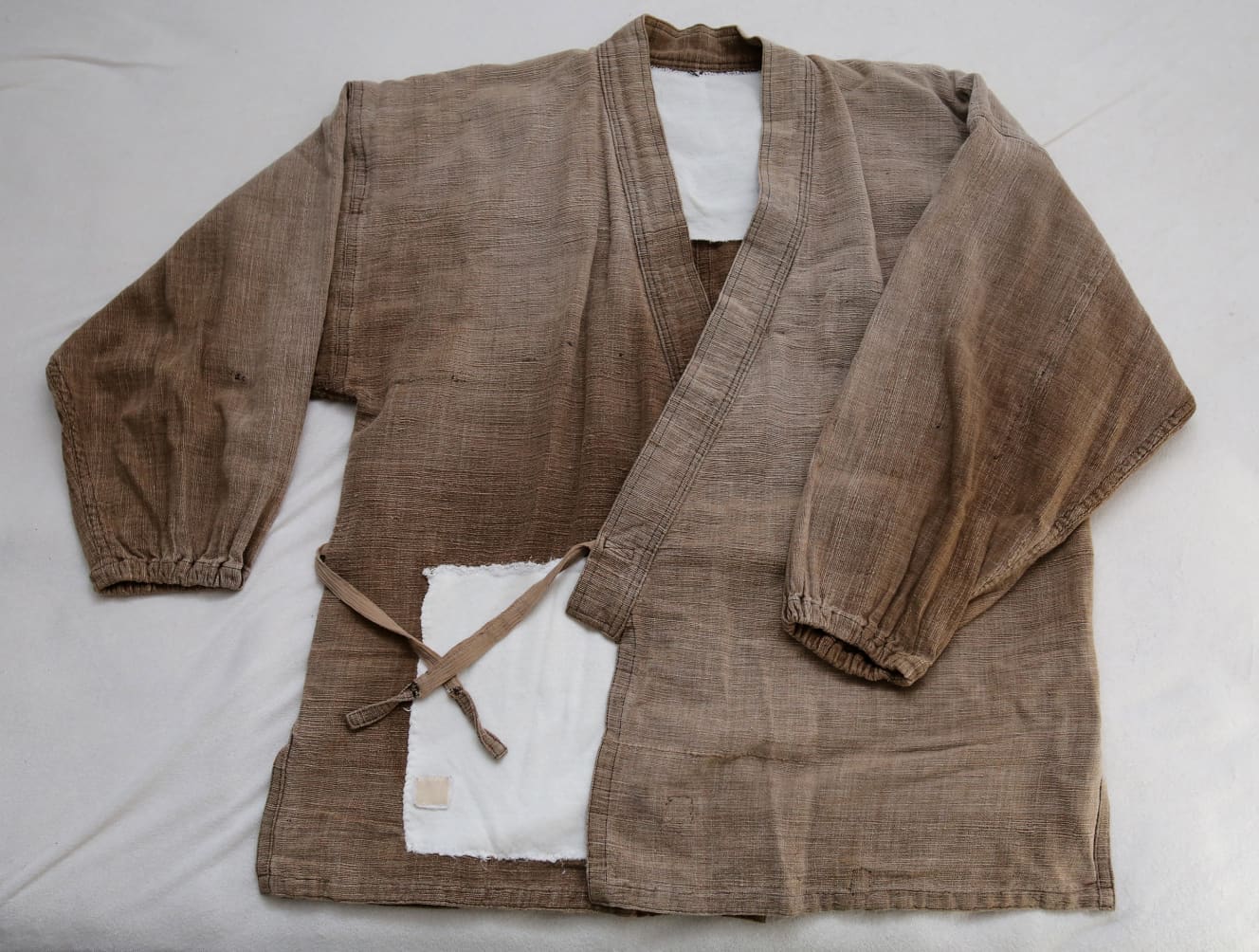
From the September 9, 2022 issue of FRIDAY
PHOTO: Yuri Adachi